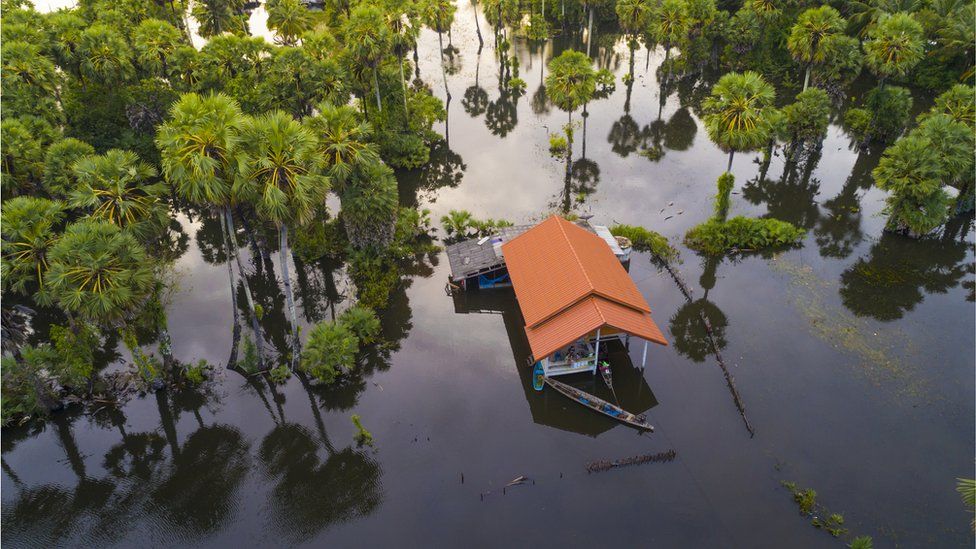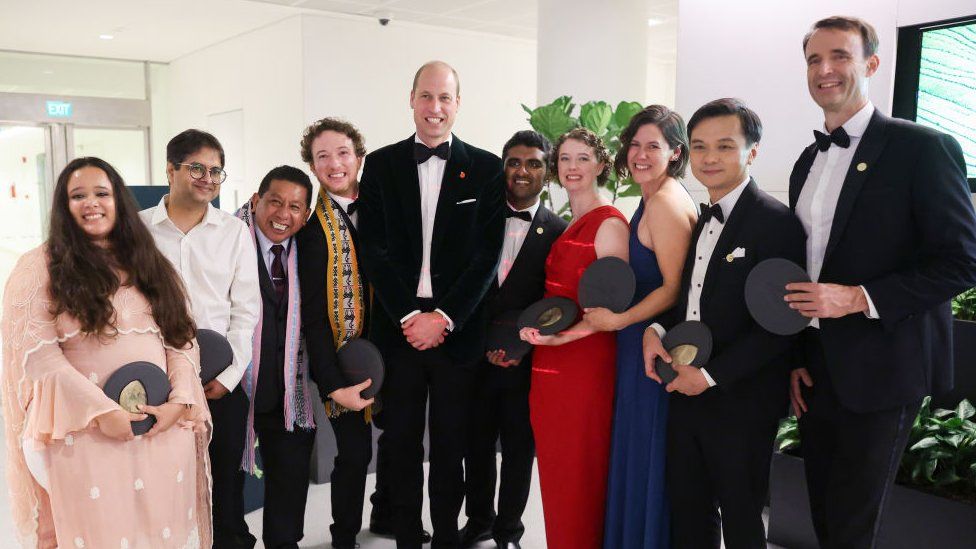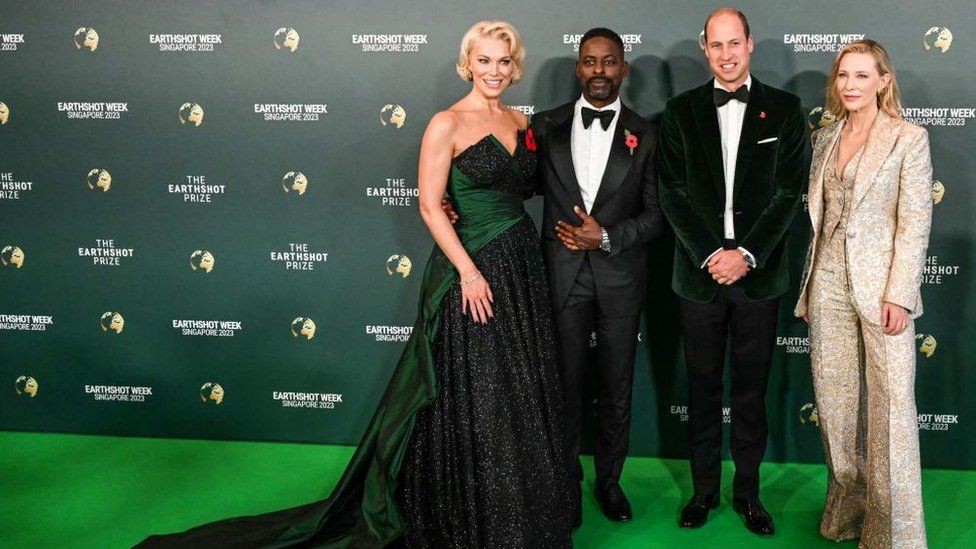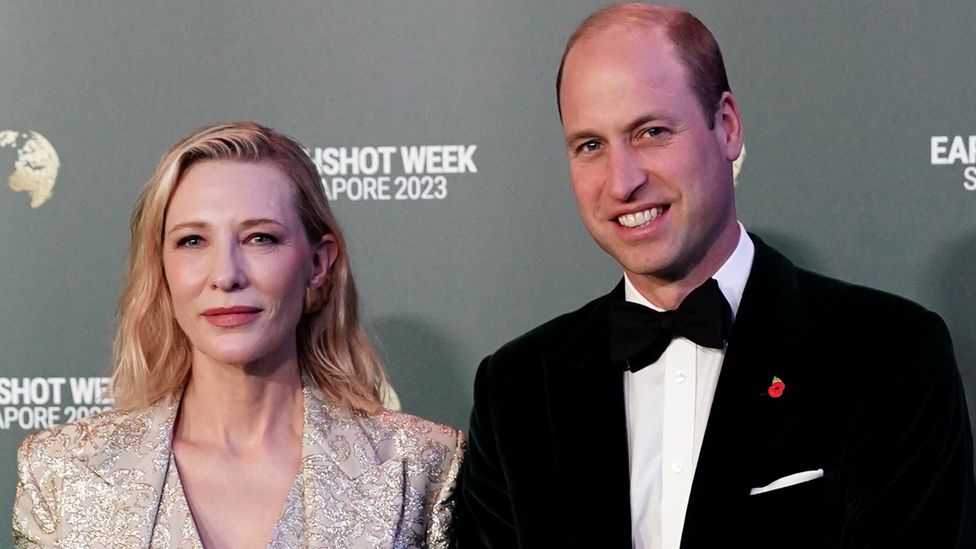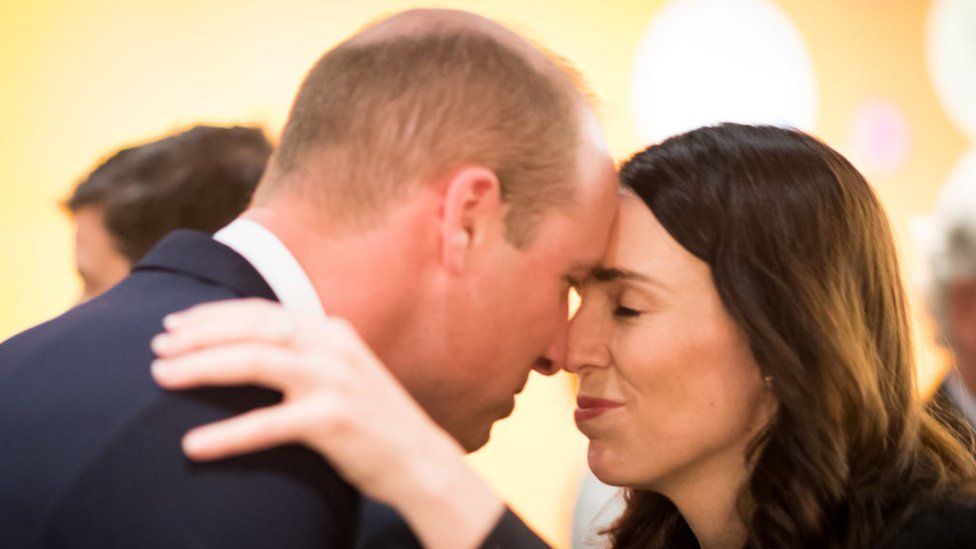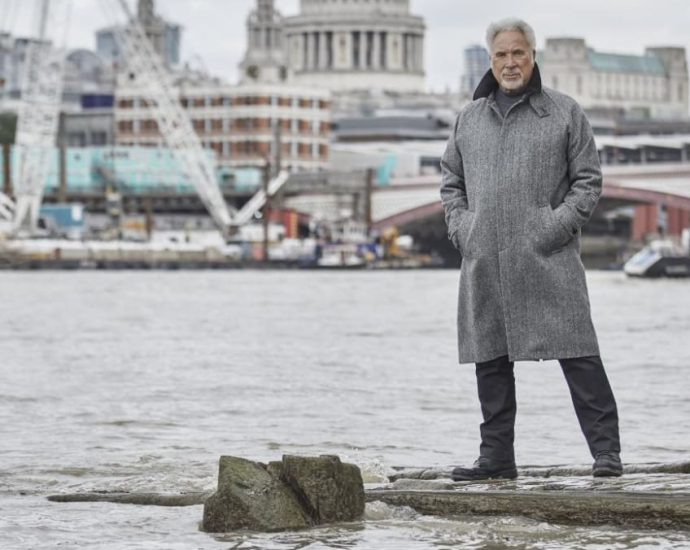Huawei Thailand wins ‘Thailand Corporate Excellence Awards 2023’
Huawei recognized as a leader at the forefront of accelerating competitiveness and sustainably steering Thailand towards the digital era
PUBLISHED : 29 Nov 2023 at 16:27

Mr. David Li, Chief Executive Officer, Huawei Technologies (Thailand) Co., Ltd., receives the prestigious HRH Princess Maha Chakri Sirindhorn’s Trophy, in front of HRH Princess Maha Chakri Sirindhorn’s image, as Huawei is named the winner of the ‘Thailand Corporate Excellence Awards 2023’ for the ‘Product/Service Excellence’ category.
Bangkok, 29 November 2023 – Huawei Technologies (Thailand) Co., Ltd. was honored today with the prestigious HRH Princess Maha Chakri Sirindhorn’s Trophy at the ‘Thailand Corporate Excellence Awards 2023’ in the ‘Product/Service Excellence’ Category by the Thailand Management Association in collaboration with the Sasin Graduate Institute of the Business Administration (Sasin School of Management) at Chulalongkorn University. The presentation of the royal award was arranged in front of HRH Princess Maha Chakri Sirindhorn’s image and made to Mr. David Li, Chief Executive Officer of Huawei Thailand. On this occasion, Privy Councilor Jirayu Isarangkul na Ayudhya presided over the ceremony, together with Mr. Nithi Patarachoke, President of the Thailand Management Association (TMA), and Professor Ian Fenwick, Ph.D., Director of the Sasin School of Management. This honorary award reflects Huawei Thailand’s decades of devotion to product and service research and development, contributions towards improving Thailand’s infrastructure, and digital talent cultivation and inclusivity initiatives, with the aim of steering Thailand towards a fully realized and sustainable ICT ecosystem that will establish Thailand as a future digital hub of ASEAN.
Privy Councilor Jirayu Isarangkul na Ayudhya delivered a speech during the ceremony: “The ‘Thailand Corporate Excellence Awards’ by the Thailand Management Association, in collaboration with the Sasin Graduate Institute of the Business Administration (Sasin School of Management) at Chulalongkorn University, is a prestigious accolade presented to Thailand’s leading corporations for their exemplary dedication to excellence. The awards do not only serve to recognize standout corporations for their achievements, but also to encourage other organizations to steer towards more effective business development and management strategies. At its core, the awards reflect the commitment from Thailand’s leading organizations towards comprehensive business management and will inspire all organizations to further develop their businesses and accelerate their overall competitiveness, thereby creating better standards and sustainable growth for organizations in Thailand.”

Mr. Nithi Patarachoke, President of TMA, also spoke during the ceremony: “Due to the rapid changes and advancements in technology that are directly impacting businesses around the world, it is more important than ever for Thai organizations to leverage their competitiveness. The TMA Excellence Awards were initially started by the TMA, with the ‘Thailand Corporate Excellence Awards’ being established 21 years ago. The awards signify TMA’s commitment towards supporting the private sector in developing a solid foundation that can drive the country’s economic growth in both a tangible and sustainable way. The winning organizations were selected by an honorable committee and showcase perspectives on corporate excellence and business management that will help the country accelerate its competitiveness in the future”.
Mr. David Li, Chief Executive Officer, Huawei Technologies (Thailand) Co., Ltd. Added: Huawei Thailand is honored to receive a royal award at the ‘Thailand Corporate Excellence Awards 2023’ for the ‘Product/Service Excellence’ category. This award reflects our commitment to propel Thailand and Thai society towards digital transformation in line with our mission to ‘Grow in Thailand, Contribute to Thailand’. Over the past 23 years, Huawei has remained steadfast in its commitment to ‘quality as the lifeblood of our enterprise’. This has subsequently won us the trust of our customers and partners, building Huawei into the success it is today. Facing the future, Huawei is committed to providing customers with high-quality products and services by strongly investing in the development of new and advanced products and services through cutting edge technologies such as 5G, Cloud, AI, IoT, Digital Power, and Cybersecurity. Huawei continues to work with its partners to develop industry-friendly solutions and stands as one of the country’s leading partners for digital, intelligent, and green transformation across all industries and helping our customers achieve their business successes.”
This year marks another successful year for Huawei Thailand as the company has been named the winner of the royal ‘Thailand Corporate Excellence Awards’ for the second consecutive year: the winner in the ‘Product/Service Excellence’ category in 2023 and the winner of ‘Thailand Corporate Excellence Award’ in the ‘Innovation Excellence’ category in 2022. These prestigious awards stand as proof of Huawei’s dedication to supporting new and intelligent technologies, digital power, and digital transformation around the world. With regards to Thailand, Huawei is also fully committed to its mission to “Grow in Thailand, Contribute to Thailand” to drive Thailand towards becoming a sustainable future digital hub in ASEAN.




















